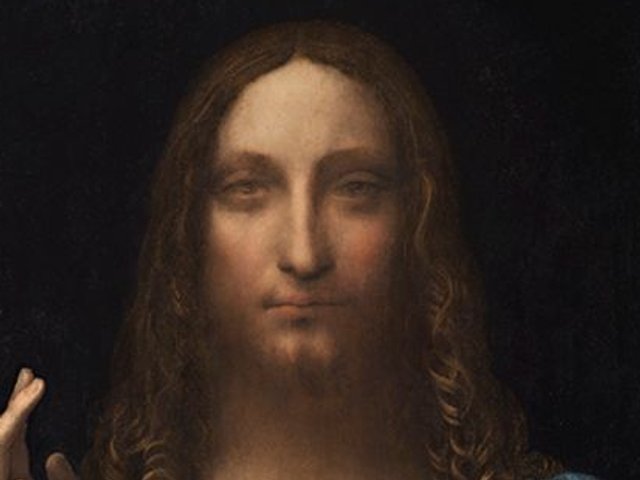A Paris exhibition on the theme of horses in Théodore Géricault’s art has triggered controversy among experts who claim that a large number of works have been falsely attributed to the 19th-century master.
The show, which opened last month at the Musée de La Vie Romantique (until 15 September), was organised by the museum’s director, Gaëlle Rio, and the art historian Bruno Chenique.
While it features several masterpieces on loan from leading institutions such as the Musée du Louvre and the Musée des Beaux-Arts in Rouen, it has raised eyebrows for the amount of works coming from “private collections” and smaller dealers. A third of the pieces on display and half of those included in the exhibition catalogue are fully attributed to Géricault in the show with little detail or provenance history.
None of these works is recognised by the Géricault specialist Philippe Grunchec, whose authentications are relied upon by major auction houses. He tells The Art Newspaper, “Except for one or two cases, which may be open for discussion, they are all copies, generally of low quality, inspired by the artist’s paintings or engravings”.
Half a dozen of the works in question, according to media reports, were bought at auctions where they were sold as works by “followers of Géricault”. One of them went under the hammer for a mere €500.
Even the attributions on works owned by other museums have been changed. A painting of a horse, which was held in storage at a museum in Besançon and catalogued as being “in the manner of Géricault”, is presented in the show as an autograph Géricault.
The director of the Musée des Beaux-Arts d’Orléans, Olivia Voisin, raised the alarm after two works from her museum's collection by entirely different artists were attributed to Géricault in the catalogue without the museum’s consent. “It is impossible to serve up all these works—which don’t correspond to anything—to the public like this,” she said.
The Art Newspaper approached a number of high-profile specialists who had seen the exhibition catalogue to gauge their reactions. Etienne Bréton, a prominent specialist in Old Master paintings in Paris, says: “It is extraordinary that an exhibition dedicated to such an important artist could change the attributions of dozens of works without a word of explanation.”
Ambroise Duchemin, a dealer specialising in 19th-century art says: “Poor Géricault! How is this possible in a city council museum?” The French-British art dealer Jane Roberts concurs, saying: “It is shameful for a such an institution to present a bunch of unknown daubs, mixed with works from other museums, to give them a pedigree and increase their value.” Nicolas Schwed, a leading expert in graphic arts, says the drawings are “especially bad, which is a shame for an artist who can be so accurate and precise”.
Daniel Marchesseau, the former director of the Musée de la Vie Romantique, has written a letter to Gaëlle Rio warning her against the risk of “destroying the museum’s reputation”. Meanwhile, Eric Turquin, another leading expert in paintings and attribution, says the case is “all the more serious because the exhibition takes place in a public museum”. The Paris city council and the minister of culture have not responded publicly to the controversy.
Bruno Chenique declined to comment to The Art Newspaper, but Gaëlle Rio, the director of the museum, defended “the freedom of the author” of the catalogue and said she is “happy to have the audacity to open a debate”.





